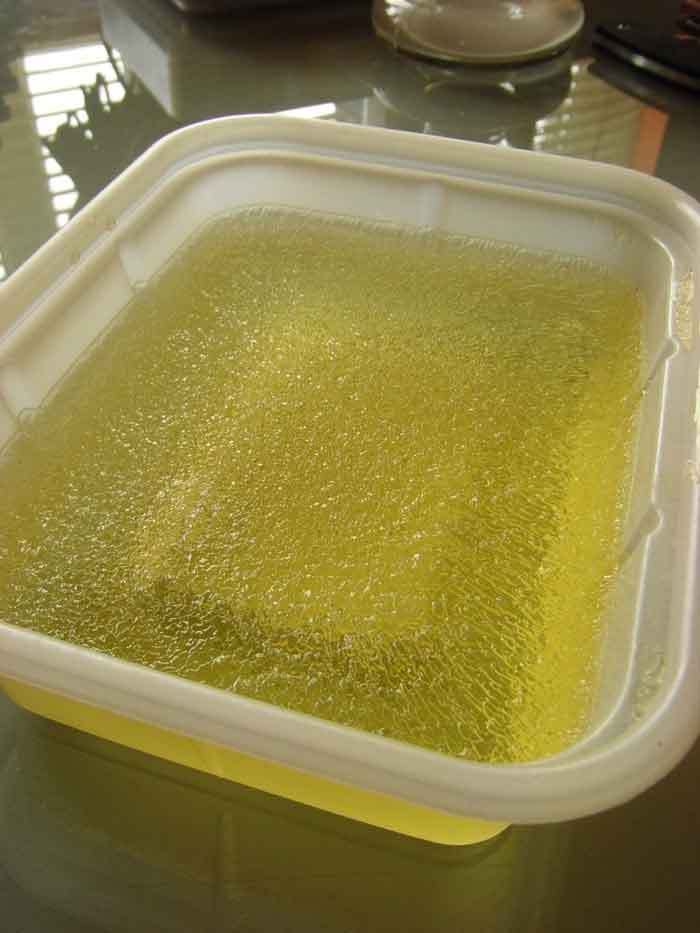...do you think they used a computer translation package on that page?...
Not sure to be honest, Robin, as I don't speak or read Swedish
...Where do you buy your linolja from?...
I bought mine from here, although they dont seem to have it in stock right now:
http://www.feines-werkzeug.de/index.php/cat/c43_Oil---Natural-Finishes.html/XTCsid/14d672a3a04e53486585443ffd9c74eb
They have it in stock here:
Homepage > Materials and Natural Finishes > Natural Finishes, Oils, Wax etc > Oil & Wax & Shellac (second page)
http://www.dick.biz/
...This is my favourite oil bought in Sweden but I have yet to find anything as nice over here...
This could be the answer, one of these a few sacks of seed grown at an appropriate latitude
http://www.oilpress.com/typ20.htm
...I was told in Sweden that to make an oil which goes off really quickly you put it in a fish tank on the windowsill in full sunlight and each day stir the oil. After a few months you have a pre polymerised oil that will go off very quickly...
Heres some of the Linolja Ive had exposed to even more sunlight for a good few weeks. It has thickened-up quite a bit, itll be interesting to see if it dries quicker yet. It might be useful for quick drying maintenance coats to axe handles and so forth, not really sure though, it all a bit of an experiment:

Heres what my fourth edition copy of The Artists Handbook of Materials and Techniques has to say (the context should be taken into account when reading this):
Sun Refined or Sun-Bleached Oil An older process of refining artists oils, which dates from the fourteenth century or earlier and which usually produces a more rapidly drying product, consists of shaking up the oil with an equal amount of water, sometimes salt water, and exposing it, in glass jars or trays, to outdoor sunlight for a few weeks. The vessels are loosely covered in such a manner as to exclude soot [!] and dust but admit air. And the oil and water must be thoroughly mixed every day for the first week. It is not possible to name any definite length of time for the exposure of the oil, since the time required varies according to the purpose for which the oil is intended, and the consistency and color desired, the actinic power of the sun in the particular locality and season, the type of oil used, and the size of the container. Gelatinous or albuminious matter is removed by filtering the oil through coarse filter-paper or fine cloths; if a little clean sand is put into the jar at the start, it will help with the settling of such impurities. At the end of the treatment the oil is most easily separated from the water by use of a separatory funnel (see page 667).
The action of the sun is threefold; it partly oxidizes, partly polymerizes, and effectively bleaches the oil
Sun refining is the only oil treatment which can be carried on successfully by home methods; as noted in connection with the cooking of various varnishes, no heat-treating can be well done by other than large-scale industrial methods, and only the most antiquated recipes call for home boiling of oils
Kind regards,
Paul.
